
Key takeaways:
- APS film format was introduced in 1996 as a successor to traditional 35mm film, featuring a compact cartridge design and three image aspect ratios to choose from.
- APS film comes in three formats: C, H, and P, offering classic 4:3, wide-angle 3:2, and panoramic 16:9 aspect ratio images.
- APS film is available in 24mm width, with lengths of 15, 25, and 40 exposures per roll, and an ISO range of 25-3200.
- The compact size and easy loading mechanism of APS film make it convenient for casual photographers, but the smaller frame size can result in lower image quality compared to 35mm film.
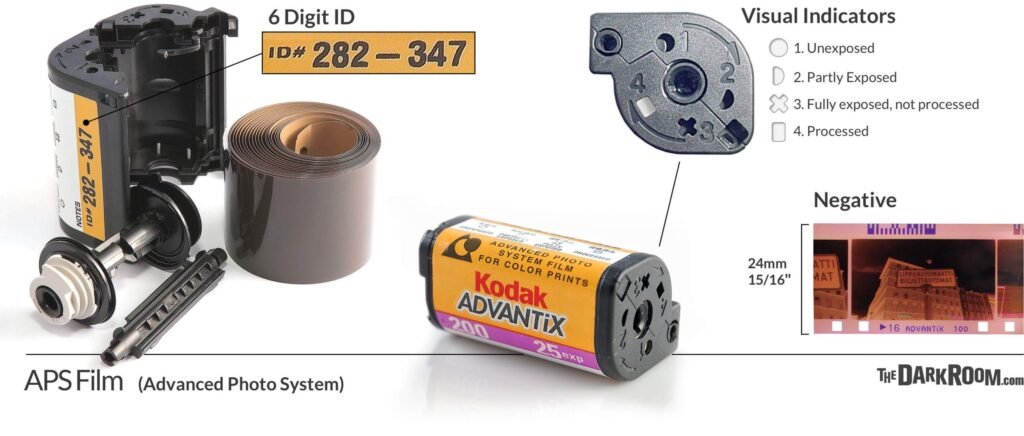
About Film Format
APS film format, also known as Advanced Photo System, was a popular film format in the late 1990s and early 2000s. While it has since been largely replaced by digital photography, APS film still has a loyal following among film enthusiasts for its unique characteristics and ease of use.
You might want to check out our 35mm 135 Film Format Review & Guide for alternative options
APS film comes in three image formats: C, H, and P. C format produces classic 4:3 aspect ratio images, H format creates wide-angle 3:2 aspect ratio images, and P format allows for panoramic 16:9 aspect ratio images. This flexibility in choosing aspect ratios made APS film popular among photographers looking to experiment with different compositions.
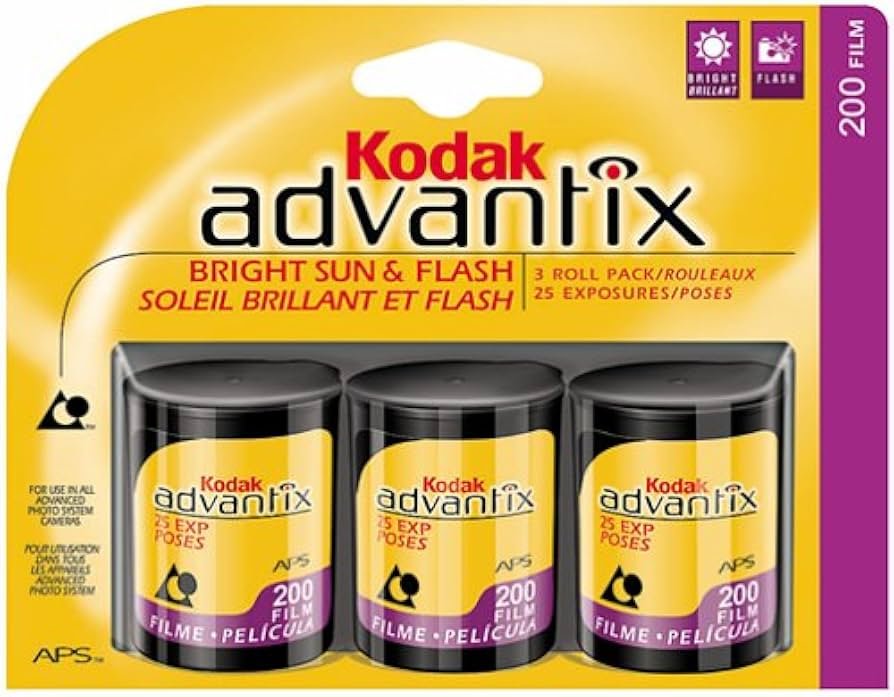
Specifications and Features
APS film format is a compact film format introduced by Kodak, Canon, Fujifilm, and others in the late 1990s. Here are some key characteristics of APS film format:
Best Place to Buy Your New 35mm Roll of Film:
For a comprehensive understanding, you might also want to check out this 828 film format guide.
- Size: APS film comes in a cartridge that is smaller than traditional 35mm film. The image size is 30.2 × 16.7 mm, which is smaller than a standard 35mm frame.
- Exposures: APS film comes in three different aspect ratios – C (Classic), H (HDTV), and P (Panoramic). Classic APS film has a frame size of 25.1 × 16.7 mm and can hold either 15, 25, or 40 exposures depending on the camera. The H and P formats have different exposures due to their different aspect ratios.
- Emulsion Range: APS film was initially offered in two emulsion speeds: ISO 100 and ISO 200. Some specialty films were later introduced with different emulsions.
- ISO Ratings: APS film typically had ISO ratings of 100 or 200, but some films had ratings as low as ISO 25 or as high as ISO 400.
- Processing: APS film processing is done in a specialized machine that automatically reads the film type and exposes, processes and prints the film without any handling by the operator. This process is known as “digital minilab processing” and was a key selling point for APS cameras.
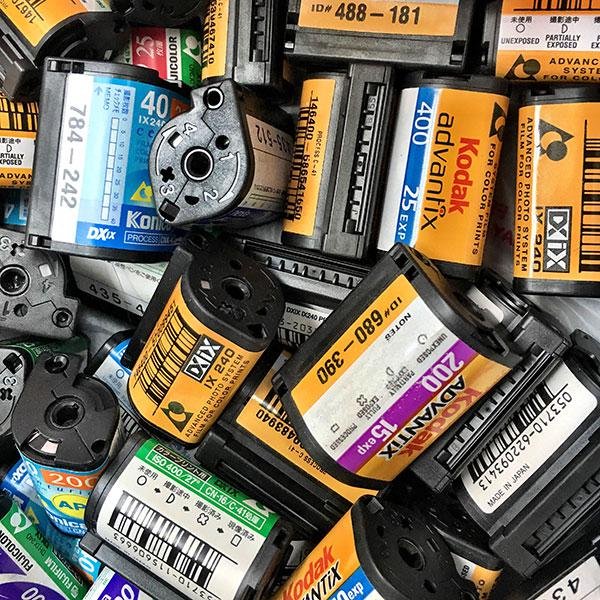
Where to Get It
While APS film is no longer produced by major manufacturers, it can still be found through specialty film retailers and online marketplaces. Some photographers have even reported success in finding expired APS film in thrift stores and flea markets. Try EBay, Etsy.
You might want to check out our guide on 127 format film for alternative options
Get APS Film Scanning Cassette
Pros and Cons
| Advantages | Disadvantages |
|---|---|
| APS film was smaller and easier to handle than traditional 35mm film, making it more convenient for amateur photographers | APS film was more expensive than traditional 35mm film, making it less accessible for budget-conscious photographers |
| The film cartridges were self-contained, protecting the film from exposure to light when not in use | The smaller image size of APS film resulted in lower resolution and image quality compared to 35mm film |
| APS cameras had advanced features such as automatic film loading and rewind, making them more user-friendly than traditional cameras | APS cameras and film were rendered obsolete with the rise of digital photography, making it difficult to find and develop APS film today |
| APS film had a magnetic coating that allowed for additional information to be stored on the film, such as date, time, and exposure settings | APS film cartridges were not interchangeable between different camera brands, limiting options for photographers to switch between cameras or share film. |
Cameras using APS format film
- Kodak Advantix T60/T50

- Nikon Pronea S
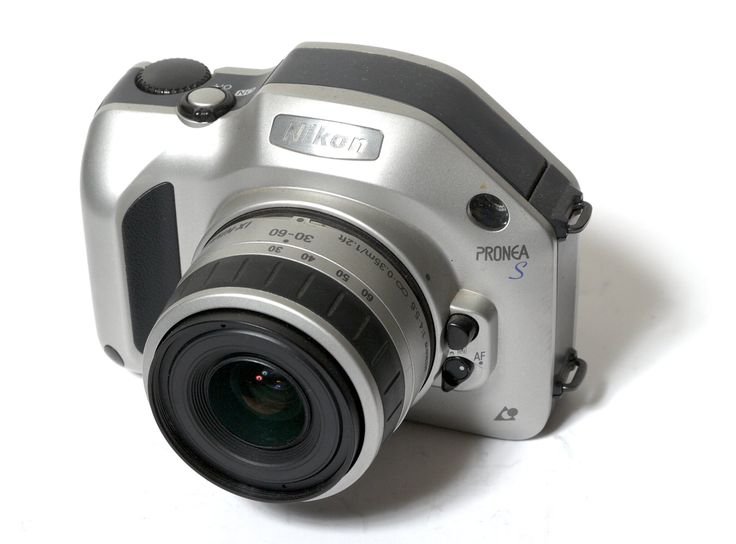
- Minolta Vectis S-1
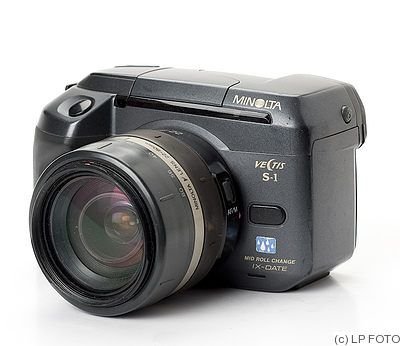
- Fujifilm Nexia Q1

- Kodak Advantix F600
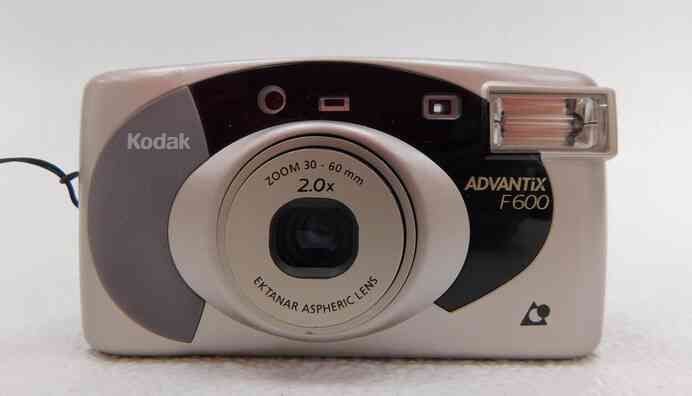
In conclusion, APS film format may be a niche choice in today’s digital photography landscape, but it still holds a special place in the hearts of film enthusiasts for its unique features and characteristics. Whether you’re a beginner looking to experiment with different aspect ratios or a seasoned photographer looking for a new challenge, APS film format offers a creative and enjoyable shooting experience.




Leave a Reply